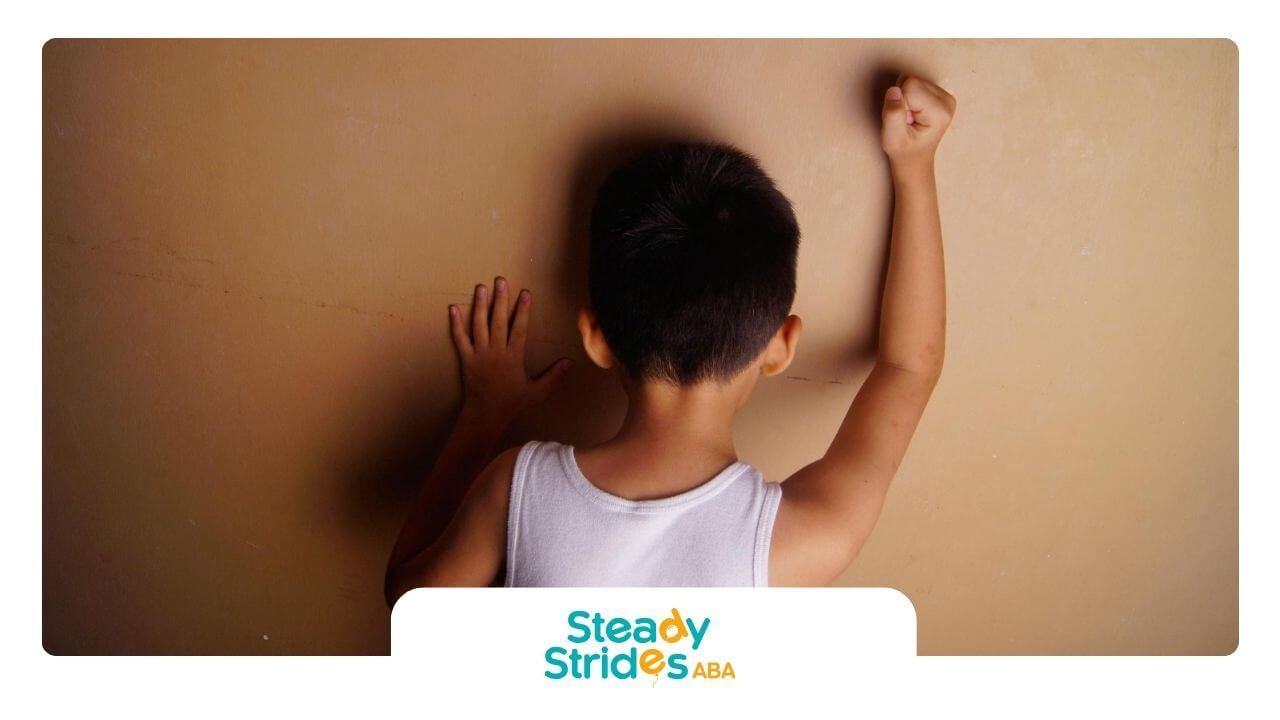When a child learns to take initiative in a social setting — even with a small “Hi” or “Can I play?” — it’s a big milestone. For children with autism, these moments can take time, patience, and guided teaching.
Through ABA therapy, we break down social skills into achievable steps that help kids feel ready, confident, and excited to connect.
Understanding Social Challenges in Autism
Children on the autism spectrum often want to connect but may not know how to start. Social situations can feel unpredictable, and the “rules” of conversation — like eye contact, tone, or timing — aren’t always clear.
They might:
- Wait for others to approach them rather than initiating play
- Repeat familiar phrases instead of starting new conversations
- Avoid group activities that feel overwhelming
- Struggle to interpret body language or facial expressions
It’s not that they don’t want friends — it’s that social interaction can be confusing or even stressful. That’s where ABA therapy provides structure, support, and step-by-step teaching that helps make socializing more approachable.
How ABA Therapy Builds Social Initiative
In ABA, every skill is broken down into small, teachable steps. We teach social initiation the same way — by identifying what holds the child back, creating a plan, and reinforcing positive interactions as they happen.
1. Creating Motivation for Interaction
We start by finding what motivates the child to connect. Maybe they love sharing about their favorite toy, joining a game, or getting praise. We use those motivators to create natural opportunities for interaction.
For example, if a child loves building with blocks, I might set up a play situation where they need to ask another child for a block to finish their structure. Over time, this builds not just communication but also confidence in approaching others.
2. Teaching Communication Skills
Many children with autism hesitate to start conversations because they don’t know what to say. Through discrete trial training and natural environment teaching, we model and practice simple social phrases like:
- “Hi, can I play?”
- “Want to build with me?”
- “That’s cool!”
We practice these interactions in therapy, then in real-life environments like the playground or classroom, gradually fading support as the child becomes more independent.
3. Reinforcing Effort and Initiative
In ABA therapy, every step toward social initiation is celebrated. Whether it’s making eye contact, greeting a peer, or simply moving closer to a group, we reinforce that effort with something meaningful — a smile, a high five, or a small reward.
Positive reinforcement helps the child associate social interaction with success and enjoyment instead of anxiety or fear.
4. Building Confidence Through Structured Play
Structured play sessions give children a safe space to try new social skills. We guide group games, role-playing activities, and peer interactions that encourage turn-taking, sharing, and teamwork. Over time, children begin to initiate these moments naturally, even without prompts.
5. Partnering with Parents and Teachers
Social skills don’t stop at therapy. That’s why ABA parent training and teacher collaboration are so important. We teach families how to recognize and encourage social initiation at home — for example, celebrating when a child asks a sibling to play or starts a conversation at dinner.
The more consistent the reinforcement, the faster the progress.
I remember one little girl who rarely spoke to her classmates. She was bright and observant but kept to herself. During sessions, we started with something simple — teaching her to hand a toy to another child while saying, “Here you go.”
Within a few weeks, she began sharing toys on her own. Then came short exchanges, laughter, and play invitations. Watching her walk up to a group and say, “Can I join?” was one of those moments that remind me why I love this work.
That’s what ABA therapy does — it turns hesitant moments into opportunities for connection.
Encouraging Social Growth with Compassion
Taking initiative doesn’t mean changing who a child is — it means helping them feel comfortable enough to reach out in their own way. Some children may never love big group play, and that’s okay. The goal is confidence, not conformity.
Through ABA therapy, we give children the skills and reassurance to engage with the world — one interaction at a time.
At Steady Strides ABA, we provide individualized programs across Texas and New Mexico that help children thrive in social settings. Whether through home-based ABA, school-based programs, or center-based therapy in Houston, our team uses research-backed strategies and heartfelt care to build real-world social confidence.
We also offer autism assessments and parent training to ensure families have the tools they need to encourage connection at home and beyond.
If your child struggles to engage or take social initiative, ABA therapy can make a difference. Contact Steady Strides ABA today to learn how we can help your child build meaningful social skills and shine in every setting.
FAQs
What social skills does ABA therapy teach?
ABA therapy helps children learn skills like greeting others, sharing, taking turns, and starting or maintaining conversations in natural social settings.
Can ABA therapy help if my child avoids social interaction completely?
Yes. ABA therapy starts with small, achievable steps — even making eye contact or sitting near peers — and builds toward more confident social participation.
How can parents support social progress at home?
Parents can model positive interactions, set up play opportunities, and use gentle encouragement when their child takes social initiative. ABA parent training provides practical strategies for home use.
Sources:
- https://pmc.ncbi.nlm.nih.gov/articles/PMC9850869/
- https://www.autismspeaks.org/social-skills-and-autism
- https://iidc.indiana.edu/irca/articles/making-and-keeping-friends.html
- https://educationonline.ku.edu/community/social-difficulties-in-autism-spectrum-disorder
- https://pmc.ncbi.nlm.nih.gov/articles/PMC9788721/













